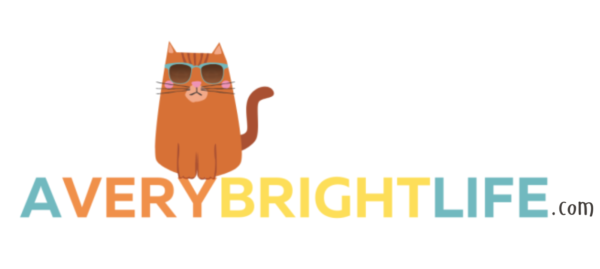|
Getting your Trinity Audio player ready...
|
Avery has a rare disease. I don’t usually refer to her chromosome translocation as a disease, but by definition it is. A disease being defined as, “a disordered or incorrectly functioning organ, part, structure, or system of the body resulting from the effect of genetic or developmental errors.”
Avery’s genetic disorder is rare. Like, the only person diagnosed with this genetic mutation, kind of rare.
I spend a lot of time reading scientific studies and medical journals and I still don’t know what it all really means. What I do know is that today is Rare Disease Day and Avery is part of the rare disease community.
So what is a rare disease?
Any disease that affects 1 out of 2000 people or less is classified as a rare disease or condition. That may not sound like a lot, but rare diseases are more common than you might think.
Consider the complexity of human DNA. The number of potential genetic coding combinations is mind blowing. Just a tiny variation in any one protein can cause a rare disease.
This is true for one of every twelve Canadians.
Though these diseases may be rare, there are a lot of them—upwards of 7000 different diseases. And while each is unique, there are many commonalities that unite people living with rare diseases.

Most rare diseases are inherited, meaning they are passed down from parents to their children. New research has determined that one in forty children are born with a rare inherited disease. source
Half of children with an inherited disease will not reach adulthood. One quarter won’t live to see their fifth birthday.
The glitch in Avery’s genetic coding was “de novo” or random. It wasn’t inherited, but she can absolutely pass the mutation down to her children. I think about these implications often and it stings every time.
It can take years to receive a diagnosis. Some diseases are never officially diagnosed at all. Many rare diseases are invisible. We were lucky. Avery’s chromosomal translocation was discovered through microarray testing in infancy. Not that having a diagnosis is everything. It’s not. It really didn’t change much for us. Avery’s chromosome disorder has no treatment or “cure.” But it was helpful to know what to (potentially) expect and to be able to connect with other families with 3P and 9P syndromes.
We never stop learning or uncovering new and evolving information about Avery’s rare disease.
The zebra is the official symbol of rare diseases in the United States (we’re Canadian, but Avery connected with the zebra). The zebra is a fitting symbol. Everyone has their own stripes—the characteristics that make individuals beautifully unique. Here’s Avery rocking her stripes. And yes, the photo is slightly blurry. I took the picture without my glasses and it looked great to me. Until I examined it with my glasses on. I thought about retaking it. But decided against it. Imperfect is perfectly acceptable.
Rare is everywhere and we ‘celebrate’ this day with humble gratitude.







Love the new website!! I like the title and the logo and even the font 😉
Lisa, I really like what you wrote and I love that this new twist on the website gives Avery a voice as well. She is such an inspiration to everyone really and especially to parents of kids with rare diseases and to the kids themselves! She’s a joy to be around and it’s wonderful to watch her grow and learn!
Avery couldn’t have more supportive more involved parents than she does…A big part of the wonder that is Avery I am sure 🙂 Keep doing what you’re doing Lisa, spreading lots of joy, great information and optimism to so many people. 😀😀😀
Smitty!! You are the very first comment on our new website!! And what a thoughtful and very appreciated comment it is. xoxoxo
Pingback: disabilty